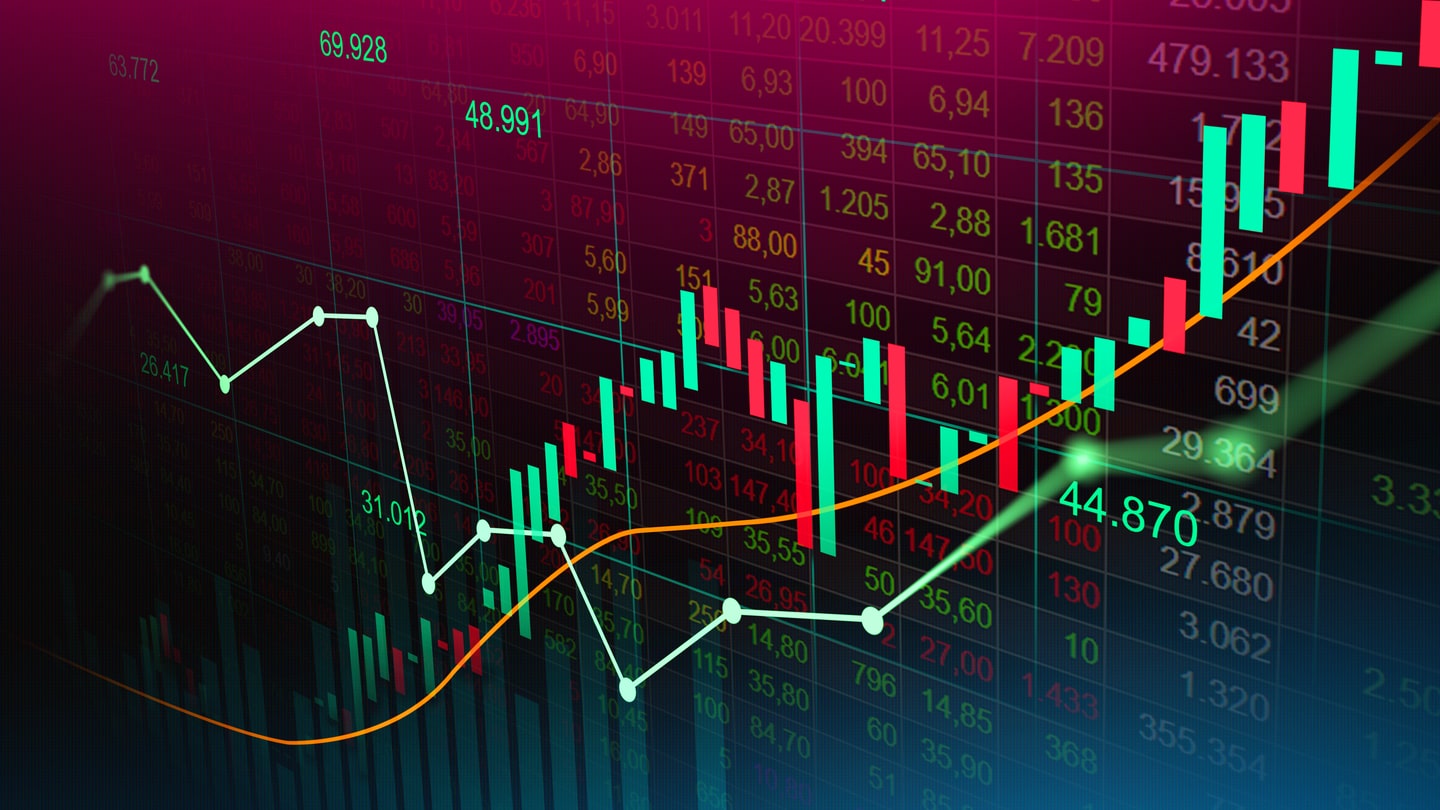Bollinger Bands and Moving Average Convergence Divergence (MACD) are essential Forex trading technical indicators.
However, failing to understand their connection, differences and applications can be the route to misapplying them. Worse yet, you may garner irrecoverable losses—something you can avoid by reading this article.
All differences between Bollinger Bands and MACD arise because Bollinger Bands are volatility indicators while MACD is both a trend and momentum indicator.
The article simplifies your understanding of the two technical indicators by explaining the kernel of technical analysis. It furthers downwards to explicitly highlight the application, advantages, and calculations of both technical indicators.
Reading this article should enable you to decide what technical indicator between Bollinger Bands and MACD suits your trading. What’s more? Read on to find out.
The Root of Bollinger Bands and Moving Average Convergence Divergence
Both Bollinger Bands and MACD trace their origins to technical analysis. Technical analysis is one of the Forex trading analyses that attempt to forecast when currency pairs are likely to fall or rise.
Knowing the likelihood of price and volume change pioneers your buying and selling decisions, enabling you to win from forex trading. Tools that simplify the analysis are called technical indicators.
There are four broad groups of technical indicators. These are trend, momentum, volatility, and volume indicators.
Trend indicators tell you the probability of price changing according to past data-curves. The momentum indicators suggest the rate of price change.
MACD helps you realize the currency pair’s price change rate by focusing on dynamic price averages. For this reason, it wears the hats of both trend and momentum indicators.
Volume indicators echo the market strength by showing the amount of traded Forex currency pairs. On the other hand, volatility indicators, such as Bollinger Bands, point you to the quantity of price change from a mean position.
After finding out that both Bollinger Bands and MACD are different types of technical indicators that aim to simplify your Forex trading decisions, let’s see how each of them contributes to your forex trading success.
What You Should Know about Bollinger Bands
Bollinger Bands constitute three lines. The lines are simple moving average, lower and upper bands. The two bands’ positions are relative to the simple moving average line. The three lines come together to determine volatility in the following ways:
The bands tighten during low volatility, echoing the possibility of a sharp price diverting in either direction. A large gap between the bands symbolizes increasing volatility.
A wider standard deviation (swinging of price between lower and upper bands) signifies the likelihood of the current trend strengthening.
You can calculate the bands using the following formula.
BOLU = MA (TP, n) + m ∗ σ [TP, n]
BOLD = MA (TP, n) + m - σ [TP, n]
From the formulae, BOLU represents the upper Bollinger Band, while BOLD shows Lower Bollinger Band.
MA stands for Moving average, TP for a typical price calculatable with the formula (High + Low + Close) ÷ 3.
n symbolizes the number of days in the period, whereas m echoes the number of standard deviations. Finally, σ [TP, n] represents the Standard Deviation for n periods of TP.
The Composition of MACD
MACD has two exponential moving average (EMA) lines. It converts these lines into momentum by subtracting a more extended day moving average (usually 26-day) from the shorter MA, usually 12-day.
The divergence, crossing, and convergence of the MA lines make the MACD fluctuate below or above zero. Here are the formulae for MACD:
MACD Line = (12-day EMA - 26-day EMA)
Signal Line = 9-day EMA of MACD Line
MACD Histogram = MACD Line – Signal Line
The rising of the MACD line results in a positive histogram, indicating an increasing momentum. The falling of the 12-day MA below the 26-day MA symbolizes a decreasing momentum and negative MACD.
Conclusion
From the above comparison, Bollinger Bands are volatility indicators while MACD is both trend and momentum indicators.
Calculating Bollinger Bands focuses on Simple Moving Average while MACD mainly uses Exponential Moving Average. It would help if you used both indicators to make sound forex trading decisions.


Comments are closed